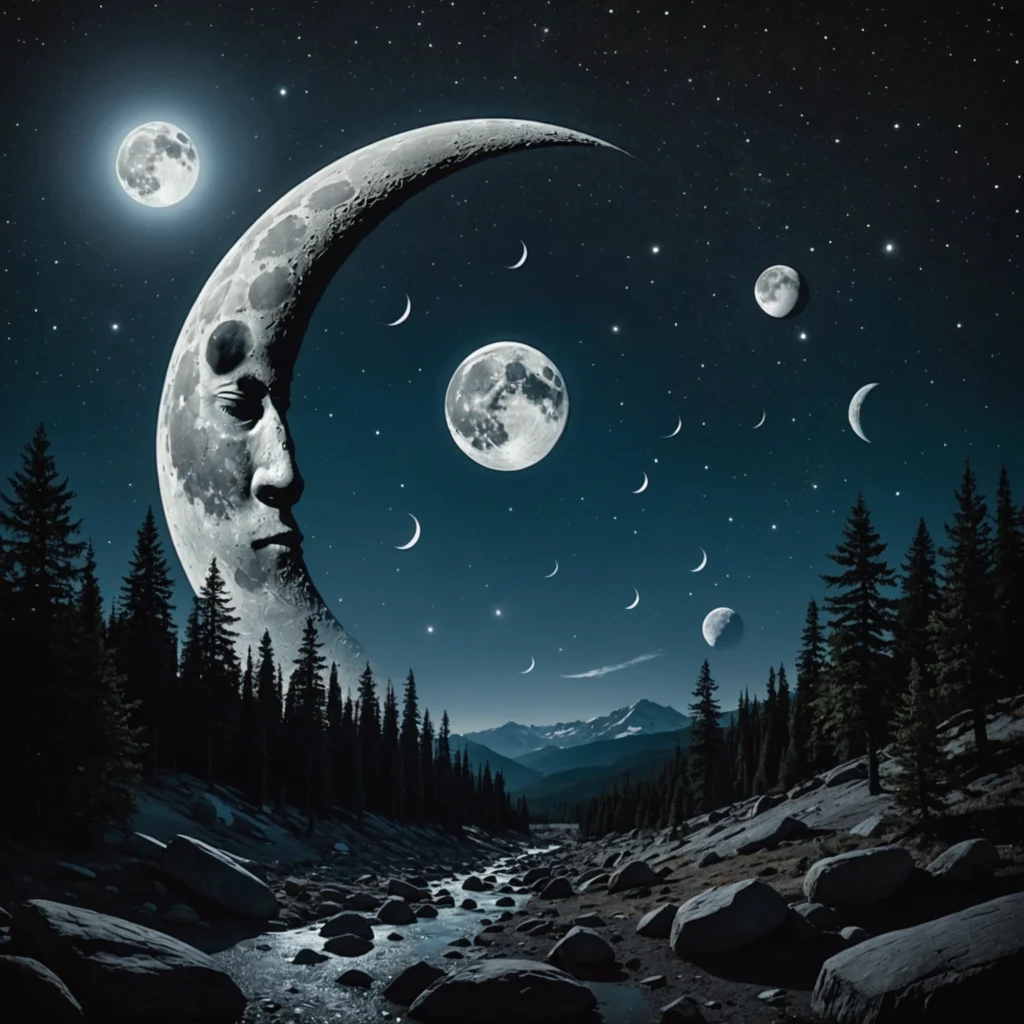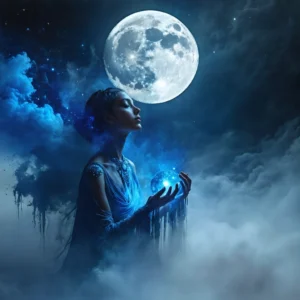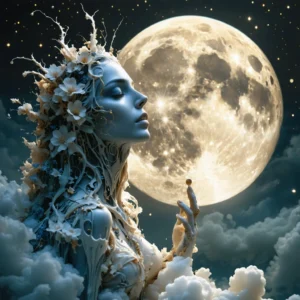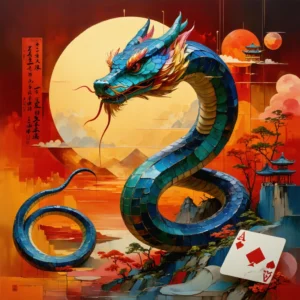
The Enchanting World of Moon Phases
The Moon shines bright in our nocturnal sky, and its phases reveal a fascinating story written across time. Today, we embark on a journey through the lunar cycles to explore scientific, cultural, and personal interpretations. Moreover, this exploration connects us to ancient traditions while inspiring modern astronomers. Researchers dedicate years to understanding the Moon’s phases, and communities celebrate its influence on life. Furthermore, local legends and timeless poetry embrace the Moon as a muse.
The Historical and Cultural Significance
Many ancient civilizations regarded the Moon as a divine symbol. Cultural histories detail how people relied on lunar observations to govern daily rituals, farming cycles, and important ceremonies. For instance, early calendars incorporated the lunar cycle into their timekeeping systems. Additionally, explorers and seafarers depended on moonlight and tides when traversing vast oceans. In this narrative, ancient societies viewed the Moon as a guide and a guardian of traditions. Consequently, art and literature from diverse cultures celebrate the mystique of each lunar phase through vivid allegories and symbolic imagery.
Scientific Insights into Lunar Phases
The lunar cycle comprises eight distinct phases. Each phase displays unique characteristics that scientists investigate with rigorous precision. Researchers use telescopes, satellites, and advanced imaging techniques to track the Moon’s orbit. As scientists study the phases, they rely on scientific models to predict gravitational effects on Earth’s ocean tides. Therefore, the Moon orchestrates a cosmic dance where light and shadow merge to portray divergent phases. Scientists acknowledge that the changing appearance of the Moon enhances our understanding of celestial mechanics.
Breakdown of the Moon’s Phases
The following bullet list provides a concise summary of each phase:
- New Moon – the Moon hides in darkness, fostering new beginnings.
- Waxing Crescent – a slender sliver of light emerges, symbolizing hope and growth.
- First Quarter – half illuminated, marking progress and advancement.
- Waxing Gibbous – more than half bright, preparing for a complete appearance.
- Full Moon – fully illuminated, inspiring wonder and reflection.
- Waning Gibbous – light decreases, inviting contemplation and calm.
- Third Quarter – half visible once again, signifying balance in transition.
- Waning Crescent – a diminishing glow, prompting renewal and rest.
Moreover, this cycle represents a continuous evolution that stirs both scientific inquiry and artistic expression.
The Impact on Our World
The Moon influences our environment in unexpected ways. Its gravitational pull creates ocean tides that scientists measure meticulously. Additionally, some people track moon phases to plan agricultural activities, recognizing that farming rhythms often coincide with lunar cycles. Moreover, enthusiasts use moonlight as a natural source of inspiration for creative projects ranging from painting to writing music. In fact, communities organize festivals around full moons, and poets celebrate the ephemeral glow of a crescent night. This narrative underscores the profound connection between celestial events and interpersonal experiences.
Moon Phases and Their Practical Effects
Many researchers and enthusiasts explore how lunar phases affect various aspects of life. A number of observations include:
- Tidal Effects: The Moon’s gravity drives the rise and fall of ocean tides, influencing marine ecosystems.
- Agricultural Practices: Farmers often schedule planting and harvesting based on the observable phases, aiming to align with nature.
- Emotional Well-being: Some studies suggest that moon phases correlate with human behavior and mood fluctuations.
- Wildlife Patterns: Many animals adapt their behavior according to the level of moonlight, thereby regulating hunting cycles and migration.
Furthermore, researchers continue to uncover intricate relationships between lunar activity and the natural world. They eagerly experiment with new instruments and techniques to deepen our understanding.
Lunar Phases in Modern Science and Technology
Modern scientists rely on technology and computational models to simulate lunar behavior accurately. They develop sophisticated software that predicts how the Moon will present itself in each phase. Consequently, these tools enable researchers to forecast astronomical events and phenomena. Furthermore, space missions analyze lunar surface characteristics to gain insights into both the past and future of Earth-Moon interactions. Technicians calibrate their instruments carefully, ensuring accurate data collection that supports a wide range of scientific applications. Additionally, technological advancements foster interdisciplinary research that connects astronomy with environmental science and geology.
Understanding Through Tables
The table below summarizes the main features of each lunar phase:
| Phase | Description | Significance |
|---|---|---|
| New Moon | Moon invisible from Earth | Symbolizes beginnings and renewal |
| Waxing Crescent | Slim crescent visible | Represents hope and gradual growth |
| First Quarter | Half of the Moon illuminated | Highlights progress and decision making |
| Waxing Gibbous | More than half illuminated | Indicates preparation for completion |
| Full Moon | Entire lunar surface lit | Emblematic of fulfillment and reflection |
| Waning Gibbous | Light decreases gradually | Invokes introspection and mild transition |
| Third Quarter | Half of the Moon reappears | Marks balance and reassessment |
| Waning Crescent | Fading illumination leads to darkness | Encourages rest and rejuvenation |
In addition, the table facilitates the understanding of complex lunar cycles by presenting information succinctly and coherently.
The Personal Connection and Spiritual Reflections
People across the globe cherish the Moon for its beauty and spiritual presence. Many individuals integrate lunar phases into their mindfulness practices. They observe the subtle variations in its appearance, and they draw inspiration for self-reflection and growth. Additionally, artists capture the shifting light through various creative endeavors, from painting to music composition. The Moon’s narrative encourages individuals to consider the cyclical nature of life and the opportunities for personal renewal. Families, friends, and communities organize gatherings under the glow of a full moon, and these events foster a deep sense of belonging and celebration. Thus, the lunar phases spark introspection and collective harmony.
The Spiritual and Emotional Journey
People experience the lunar cycle in diverse ways, and the phases evoke a range of emotions. Many find that the new moon offers a fresh start, while the full moon energizes passions and creativity. Moreover, during the waning phases, individuals embrace closure, allowing them to release old patterns and welcome transformation. For instance, cultural practices include meditative sessions during specific lunar phases, thereby harmonizing mind, body, and spirit. Additionally, various communities maintain rituals that honor the Moon, aligning their actions with nature’s cycles. This interplay of light and dark not only enriches personal growth but also sustains a continuous dialogue with the universe.
Conclusion: Embracing the Rhythms of the Moon
The Moon remains an eternal emblem of change and continuity. Its various phases inspire us to reflect on our lives, adjust our rhythms, and cherish moments of transformation. Moreover, the Moon’s influence spans scientific research, cultural heritage, and personal experiences. With every shift from darkness to light and back again, we witness nature’s profound capacity for renewal. Therefore, embracing the Moon’s cyclical patterns leads us to cultivate hope and rejuvenation in our own lives. Furthermore, modern technology, interdisciplinary research, and ancient wisdom converge in revealing the secrets of lunar phases. In sum, the Moon guides us on a perpetual journey, inviting us to appreciate the beauty of celestial changes.
Future Perspectives and Reflections
Scientists continue to push the boundaries in lunar research, and they explore new areas such as lunar colonization and advanced imaging techniques. Additionally, artists and writers echo the wonder of moonlit nights, inspiring future generations to connect with nature. As research evolves, communities receive fresh insights that not only enhance our understanding but also reinforce the Moon’s cultural significance. As we embrace the future, let us honor the timeless cycle of the Moon and remain awe-inspired by its perpetual dance.






